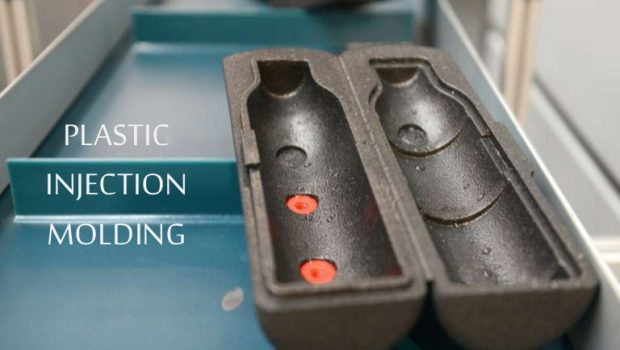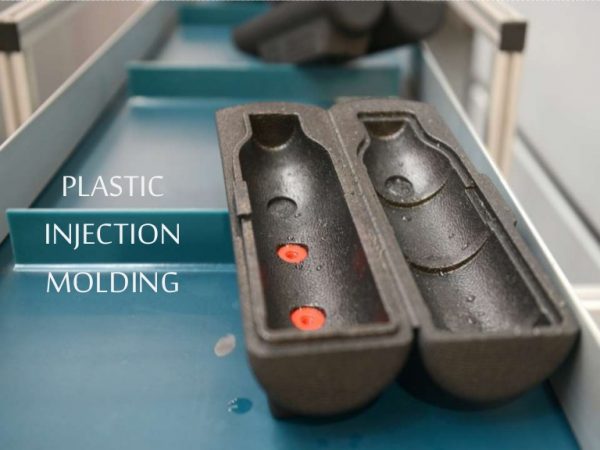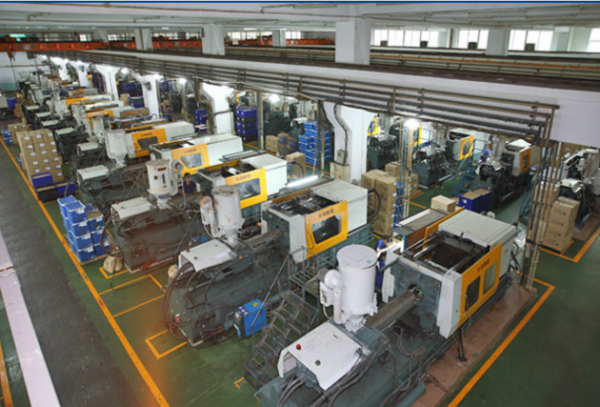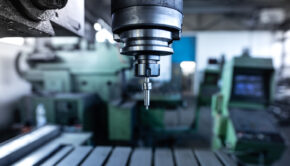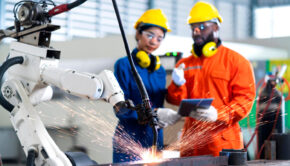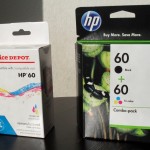Injection Molding – Now a reality for both big and small production
In today’s world, most of the every day consumer products make use of plastic owing to its characteristics and cost effectiveness. With booming research and development it is steadily replacing glass in fields like packaging of eatables even in underdeveloped economies let alone developed markets.
Plastic is everywhere. Most products use at least some plastic parts even if they’re not completely made of plastic. The world market is now around $400 billion and is expected to reach $650 billion in the next two years or so. It is not only a huge market, it is a growing one. Its potential, scope and extent cannot be measured.
Depending on the magnitude of a given project and product’s material characteristics, there are, of course, many different kinds of plastic and many different requirements. Packaging will often be done with vacuform. Bottles and the like will use blow molding. Furniture, toys, and auto parts sometimes use rotational molding.
We are currently seeing much development of 3-D printing. At this point in time it is mostly only good for prototyping, but some say that the point will come when we will see a 3-D printer on every desk. So far, the excitement about this method of fabrication is mostly just pushing rapid growth. It could be a robust and feasible method motivating a young engineer to get his idea into tangible form. That being so, actual practical manufacturing is still not quite here with this method, but the general expectation of quick results is driving development and effecting other methods of plastics manufacturing.
Perhaps the most common method of making parts is high pressure injection. Injection plastic molding lends itself to mass production of accurate parts as well as being an efficient use of the plastic. There are ultra high speed machines that can turn out highly detailed products at good precision. The injection process lends itself extremely well to automation, can use different plastics types, and can also make parts that are stronger than by other plastics fabrication options. Perhaps the most significant feature for modern parts manufacture is that, because of the extreme pressure, injection molding offers very high detail and accuracy, even for complex geometry.
Injection molding can be done on a small scale, even at home, but for commercial production to be profitable a large investment is needed. Injection molding machines cost from $50,000 to $200,000 each. Chinese plastic manufacturers like Sositar will normally have a number of these, mostly in the $100,000 range. There is considerable support equipment required which carries similar price tags. A viable production facility will therefore need an investment in excess of $50 million. Even at such a small level the only way to survive will be to specialize. All but the biggest and dominant companies will be catering to a niche in which they have developed special expertise.
The practicality of using injection molding on an industrial scale is generally a matter of economics of the mold. A simple part needed in smaller quantities can sometimes be made with a mold that costs as little as $2,000, whereas something more complex needed in large quantities could easily require a mold costing $50,000. the average mold costs something in between. A few cost much more.
Prototyping and manufacturing of plastics products have traditionally been a slow process to develop – but with high long term payoff because of the ability for mass production. In fact, injection molding is generally seen to be one of the most expensive methods of plastics manufacture. But that is changing.
The high cost of molds has spawned a new kind of business – that of making lower quality, but less expensive, molds. A related need served by the same industry is that of faster mold manufacture. This kind of mold, as you may imagine, is not as durable as the more expensive version, hence can only be used for smaller runs. Lower cost, speed, and a tolerance for smaller production, is exactly what is required for fast prototyping. Hence this particular part of the industry having companies like Eco Molding is experiencing rapid growth in today’s market.
As mentioned at the beginning, the plastics industry has grown rapidly and is continuing to grow at over 5%. Getting into the plastics production business, particularly injection molding in China, is not easy today. The field is highly competitive and the necessary investment is getting larger every year. However, producers and developers who would use plastics in their products, manufacturing costs are falling.
For those who need parts with high accuracy, strength, and detail, injection molding may well be the best choice. And nowadays, because of faster and lower cost molds also being available, injection molding is even realistic at the prototyping stage.
As read above, the industry is quite saturated and requires big investments, so a new player or potential new comer has to be aware of the complexity in current and upcoming technology used in Injection molding. With introduction of plastic in almost every sphere of our life it is lucrative for manufacturers to invest, study, research and deploy Injection molding in production extensively owing to perfection it delivers regardless of plastic material type, shape and form. That said, at small scale one must never ignore the challenge it poses owing to involvement of advanced robotics and automation.

